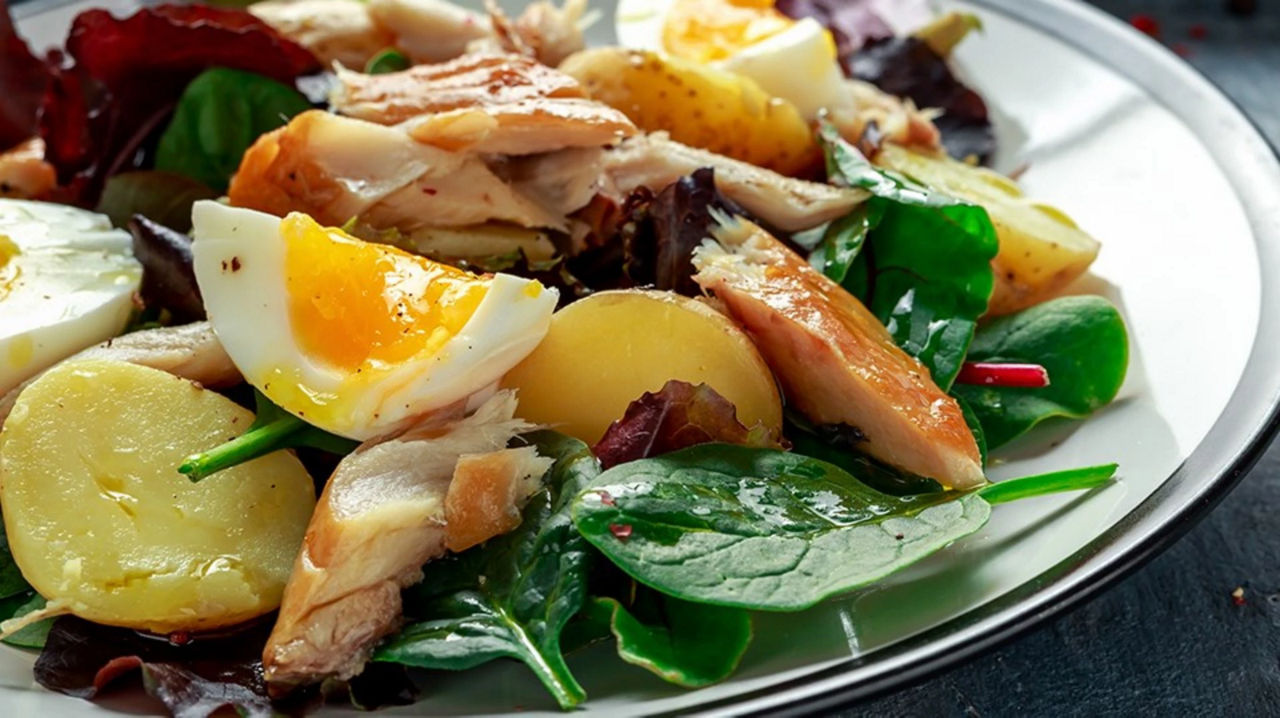Food textures: Baby weaning recipes
Adventures with textures
Introducing lumpy food
Once your baby has mastered eating puréed food, usually at around 7 months of age, it will be time to move on to different textures. Learn how lumpier textures are important for the development of speech muscles that will eventually enable your baby to talk.

Somewhere around 7 months, once your baby has got the hang of eating puréed food, it will be time to introduce them to new food textures.
Many parents feel anxious about their baby gagging or choking at this stage. However, gagging is a normal part of learning to eat, and the benefits of eating chunkier textures are enormous.
The World Health Organization (WHO) recommends that lumpy foods should be introduced between 6 and 9 months of age. Research shows that babies who are not introduced to new textures during this time are less likely to accept new foods later in childhood1.

At around 7 months, it's time to start introducing your baby to the exciting new world of textures
Lumpier food textures have also been shown to support the development of speech muscles2. It takes time to master different textures of food, so give your 7 month old baby plenty of time and opportunities to practise this next step.
Learning to chew and swallow different types and textures of food doesn't happen overnight. It takes time to master different textures of food, so give your baby plenty of time and opportunities to practise this next step. By 8 months, a baby’s ability to chew and swallow purées and soft solid foods is considered to have reached maturity, whereas for more solid textures (such as dry cereals) the chewing efficiency (the number of chews required before a food is swallowed) continues to improve for some time – until at least their second birthday3.
How delaying lumpy foods can lead to feeding difficulties later on
Studies suggest that most babies are willing and able to take on the challenge of learning to chew lumpier foods at around 6 or 7 months of age. If left until after 10 months, introducing solid, textured foods can become more difficult4. Late starters have been shown to be more likely to eat a limited range of foods, to refuse food and have difficulty with chewing3.
According to some research, delaying the introduction of solids until 9 or 10 months or later is more likely to lead to the following feeding problems:
- Refusing solids
- Refusing milk
- Only eating certain solid foods whilst refusing others, which may lead to nutrient deficiencies
- Not eating enough food
- Fussy eating at 15 months and older
- A tendency to eat less fruit and vegetables than other children later on1
The best approach is to introduce a variety of textures into your baby’s diet once they’ve got the hang of eating purées. Ideally this should be between 6 and 9 months.
Next steps
Tips for introducing new textures:
- Start with simple flavours that are familiar to your baby, such as potato and carrot
- Begin with thicker purées with small soft lumps and gradually introduce chunkier textures
- Move on to mashing food
- Make your own weaning recipes
Just like the first stage of weaning, introducing new food textures can take time and patience. If your baby doesn’t seem keen, don’t rush them. Getting used to different textures is a new skill that your baby has to learn.
Related articles

Need some help?
You can get quick answers to common questions in our FAQs.
Alternatively, if you need help with general pregnancy or baby advice, or maybe on using or ordering our products - our expert team are always on hand to talk about feeding your baby.





